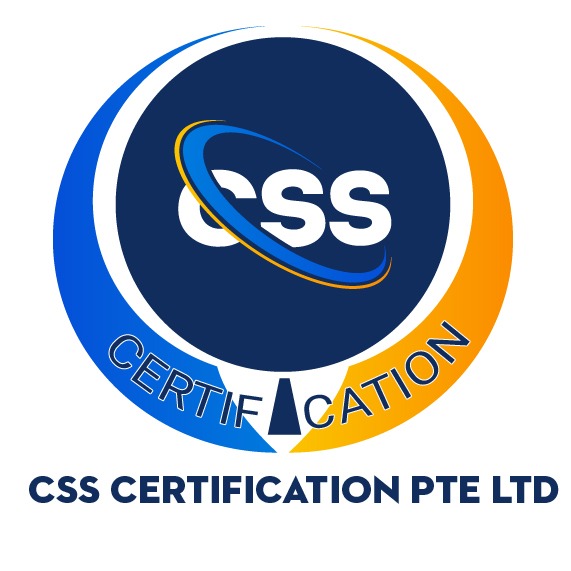
ConSASS Audit
In accordance with the Workplace Safety and Health (Safety and Health Management System and Auditing) Regulations 2009, the Construction Safety Audit Scoring System (ConSASS) audit will be conducted based on the relevant WSH legislation and industry-specific guidelines.
The audit will assess the Safety and Health Management System (SHMS) against the requirements of the WSH Act and its subsidiary regulations. It is the responsibility of the occupier of a construction worksite to appoint a Workplace Safety and Health (WSH) Auditor to audit the SHMS at the specified intervals.
Any worksite with a contract Sum of $30 million or more, the ConSASS audit will be conducted At least once every 6 months.
ConSASS offers a clear profile of the development and maturity level of each component within a worksite’s SHMS, enabling management to better allocate resources, enhance standards, and improve the overall effectiveness of managing workplace safety and health risks. As an assessment tool, ConSASS also facilitates cross-comparison among worksites regarding their performance in managing safety and health risks.
The audit methodology comprises a document review, site inspection, and interviews with key personnel. The number of man-days required for the audit will vary depending on the audit criteria applied (Size of Organization) to different types of workplaces.
ConSASS Audit Criteria and Objective:
Citeria
ConSASS audit Checklist & Guidelines from Ministry of Manpower (MOM) & WSH Council
Audit Scope covers all the work activities at the above project based on current scope of activity at site.
Objective
The objective of the Construction Safety Audit Scoring System (ConSASS) audit is to systematically assess the effectiveness, development status, and maturity level of a worksite’s Safety and Health Management System (SHMS).
It aims to identify strengths and areas for improvement, ensuring compliance with Workplace Safety and Health (WSH) legislation and promoting continual enhancement in the management of workplace safety and health risks.
To determine the ability of the Project’s Workplace Safety and Health (WSH) Management System to ensure compliance with applicable statutory, regulatory, and contractual requirements.
To assess the effectiveness of the WSH Management System in supporting the project’s reasonable achievement of its specified safety and health objectives.
ConSASS provides a standardized framework for benchmarking safety performance across different worksites.
Benefits of ConSASS Audit
- Enhanced Safety Performance: Provides a detailed assessment of the worksite’s Safety and Health Management System (SHMS), helping to improve overall safety performance.
- Benchmarking and Comparison: Allows for cross-comparison of safety standards across different worksites, facilitating the identification of best practices and areas of improvement.
- Resource Optimization: Helps management allocate resources more effectively by identifying critical safety gaps and areas that require focus and improvement.
- Regulatory Compliance: Ensures that the worksite complies with relevant Workplace Safety and Health (WSH) legislation, reducing the risk of non-compliance and penalties.
- Continuous Improvement: Provides actionable insights and recommendations that drive continuous improvement in safety management systems and practices.
- Better Risk Management: Enhances the ability to manage safety and health risks, reducing the likelihood of workplace accidents and incidents.
- Supports Certification and Recognition: Aids in achieving or maintaining safety certifications such as bizSAFE or other safety standards, enhancing the worksite’s reputation.
- Promotes a Safety Culture: Encourages greater engagement in safety practices across all levels of the workforce, fostering a culture of safety and well-being.
- Informed Decision-Making: Provides management with data-driven insights for better decision-making regarding safety investments and improvements.
Testimony of Audit Conducted
A testimony will be issued to the audited organization stating the company name, location, audit criteria, audit date and auditing organization name.

